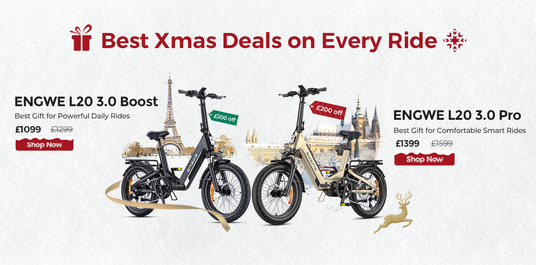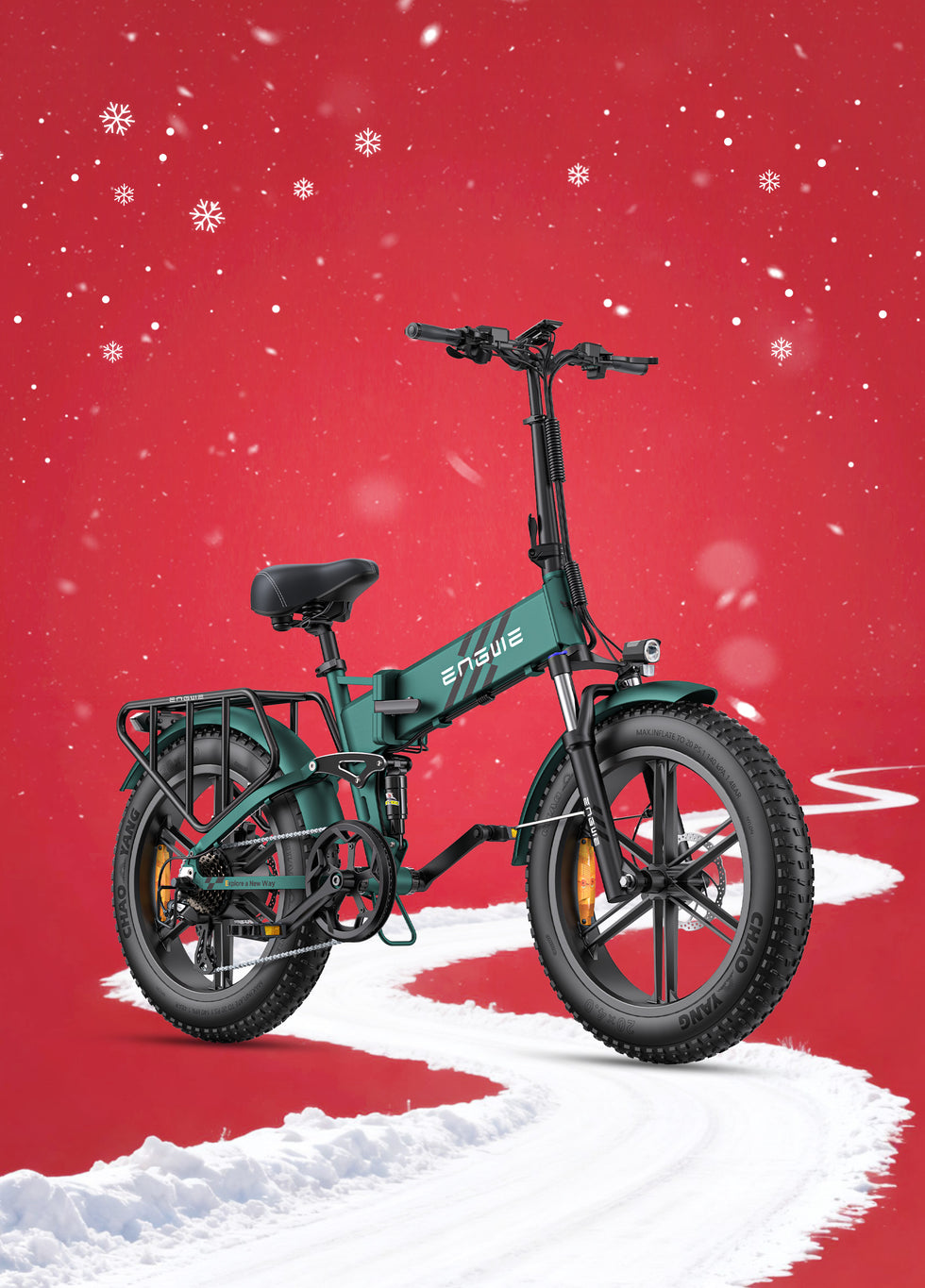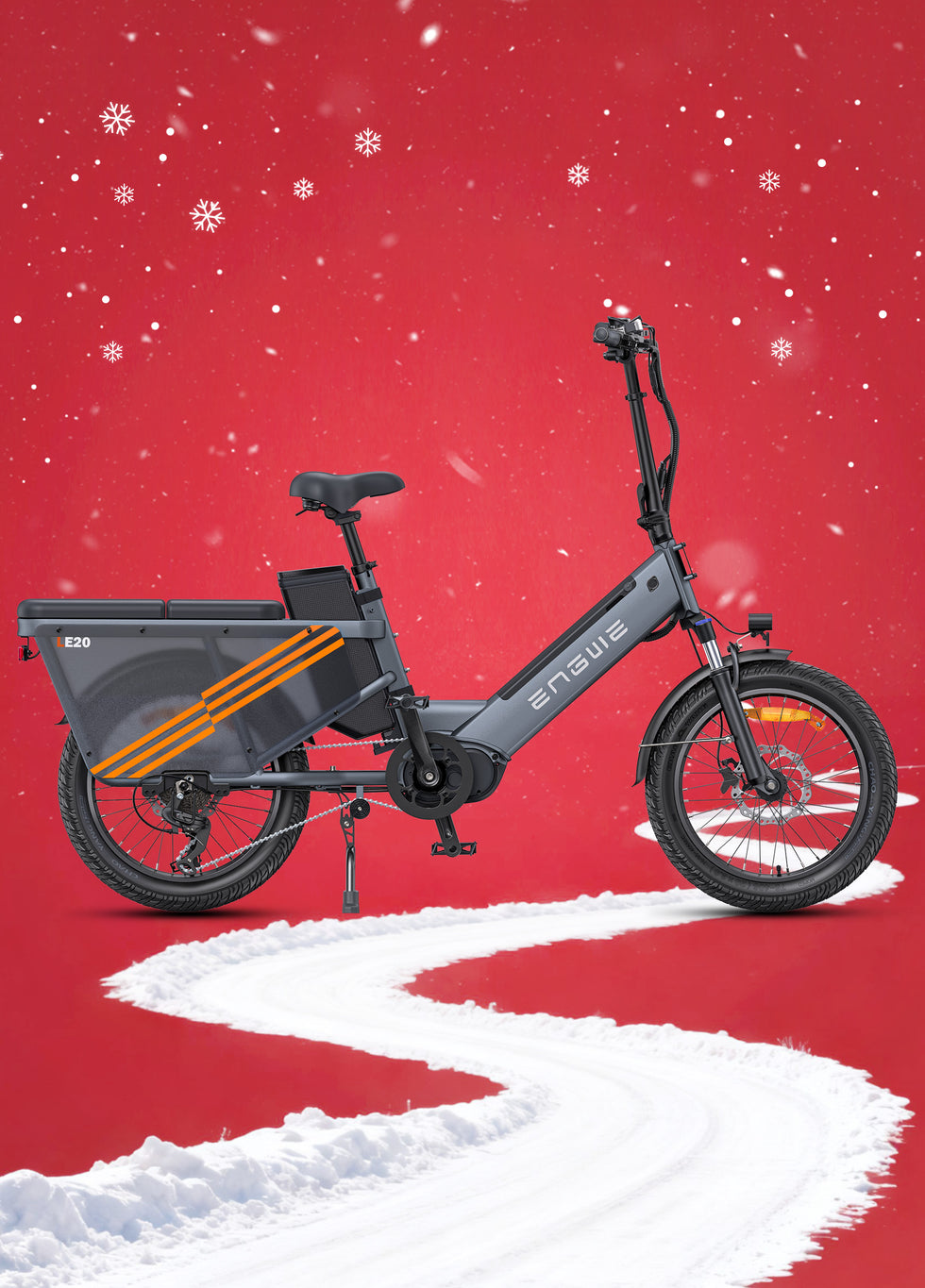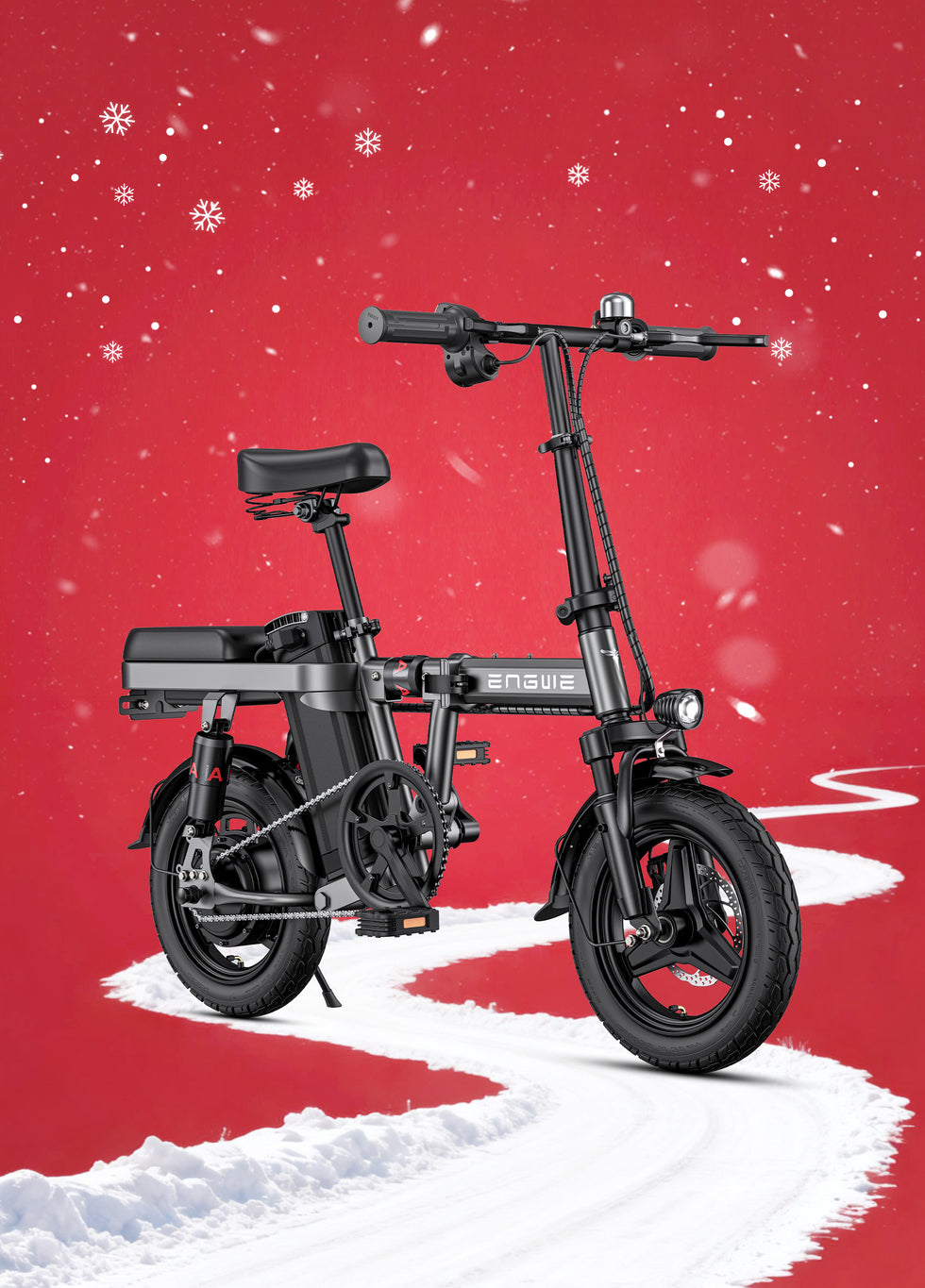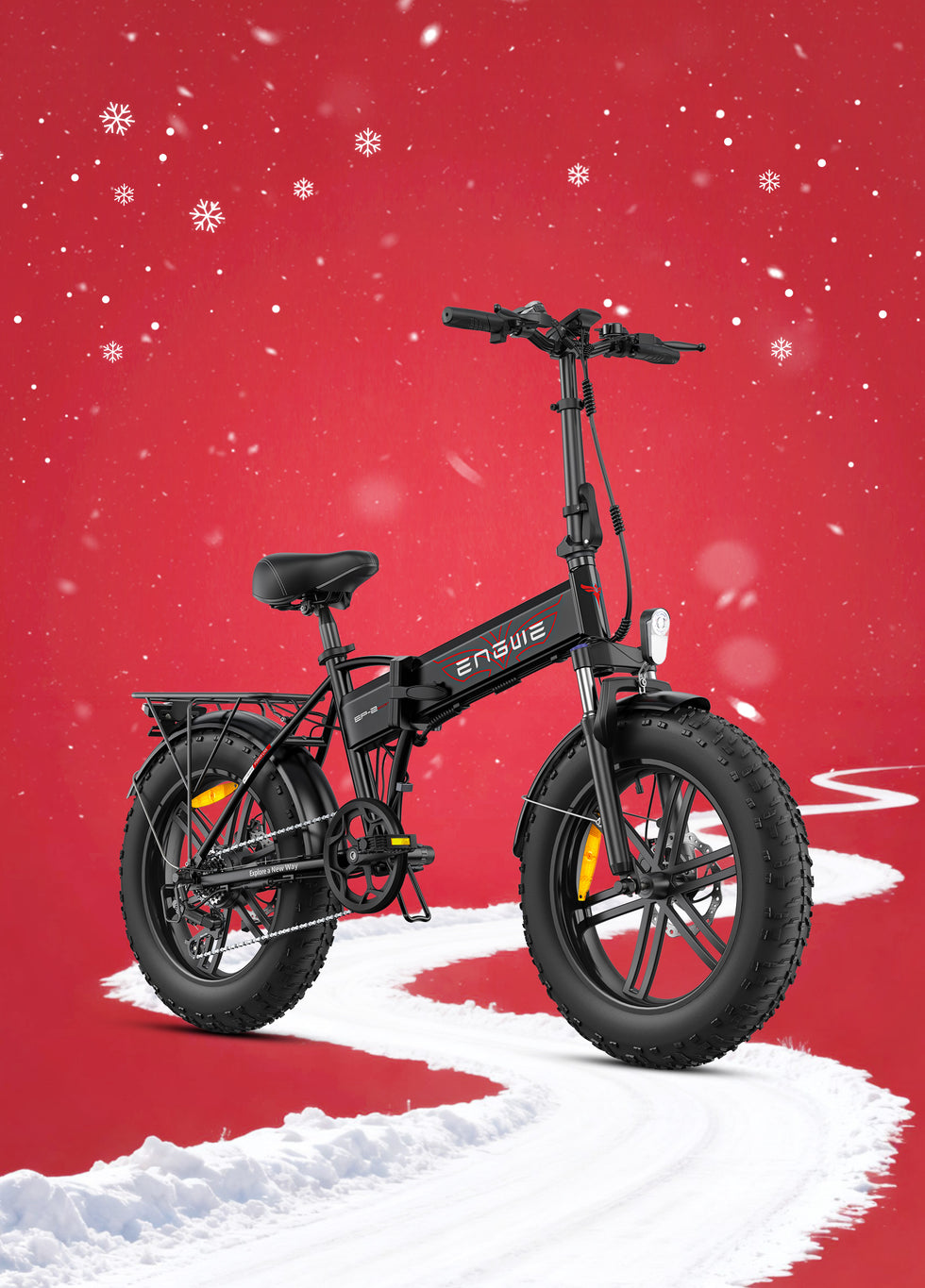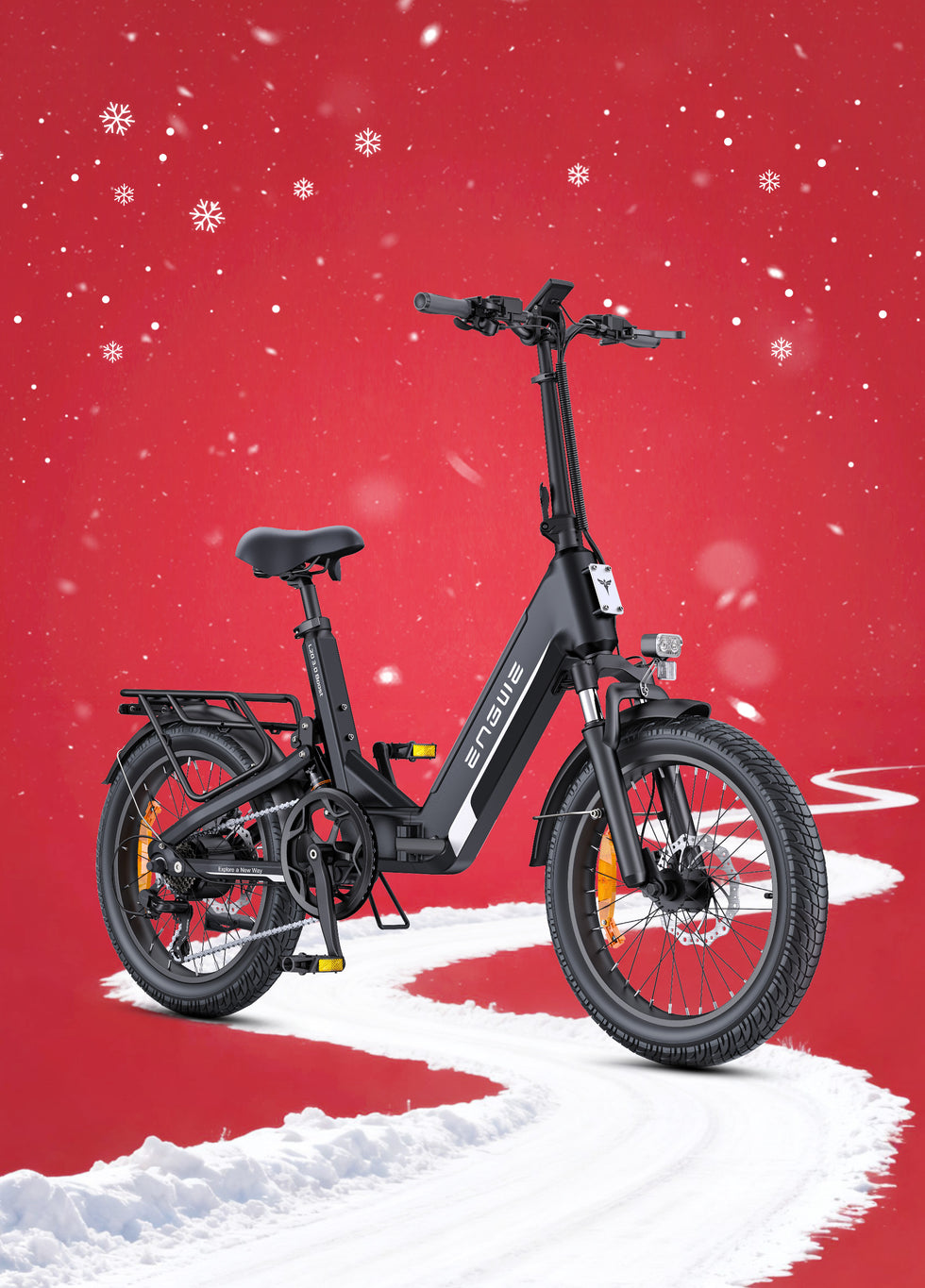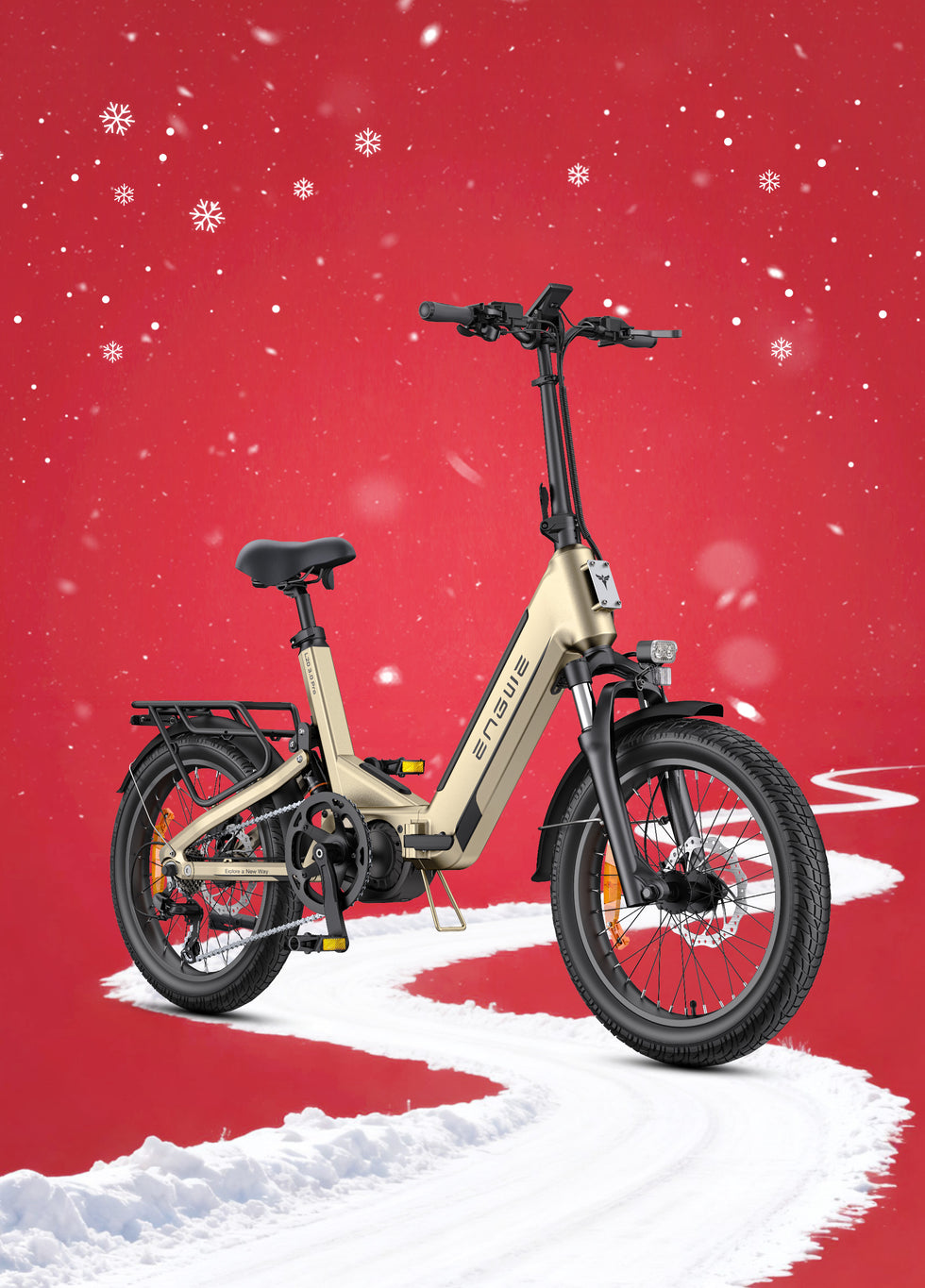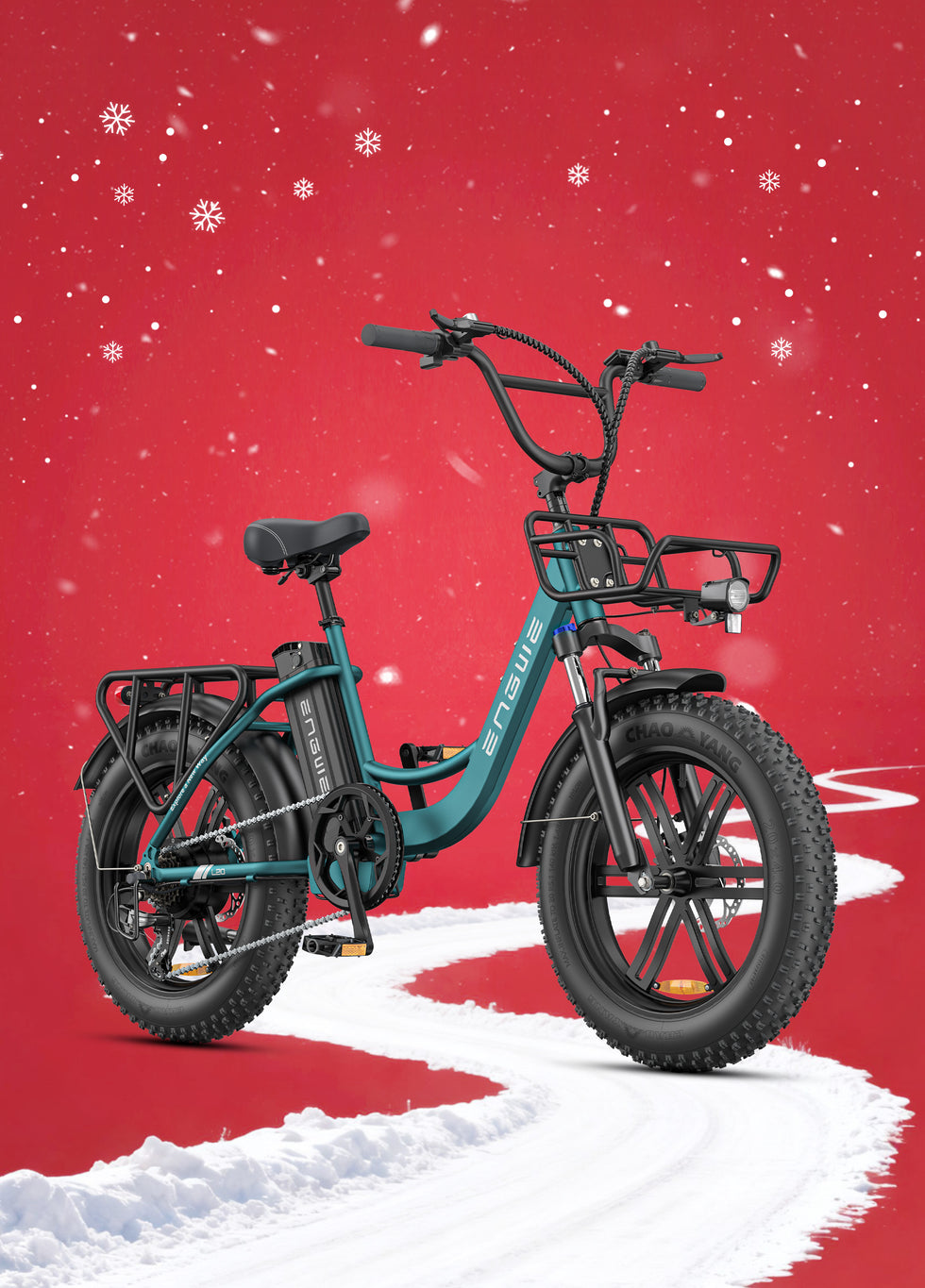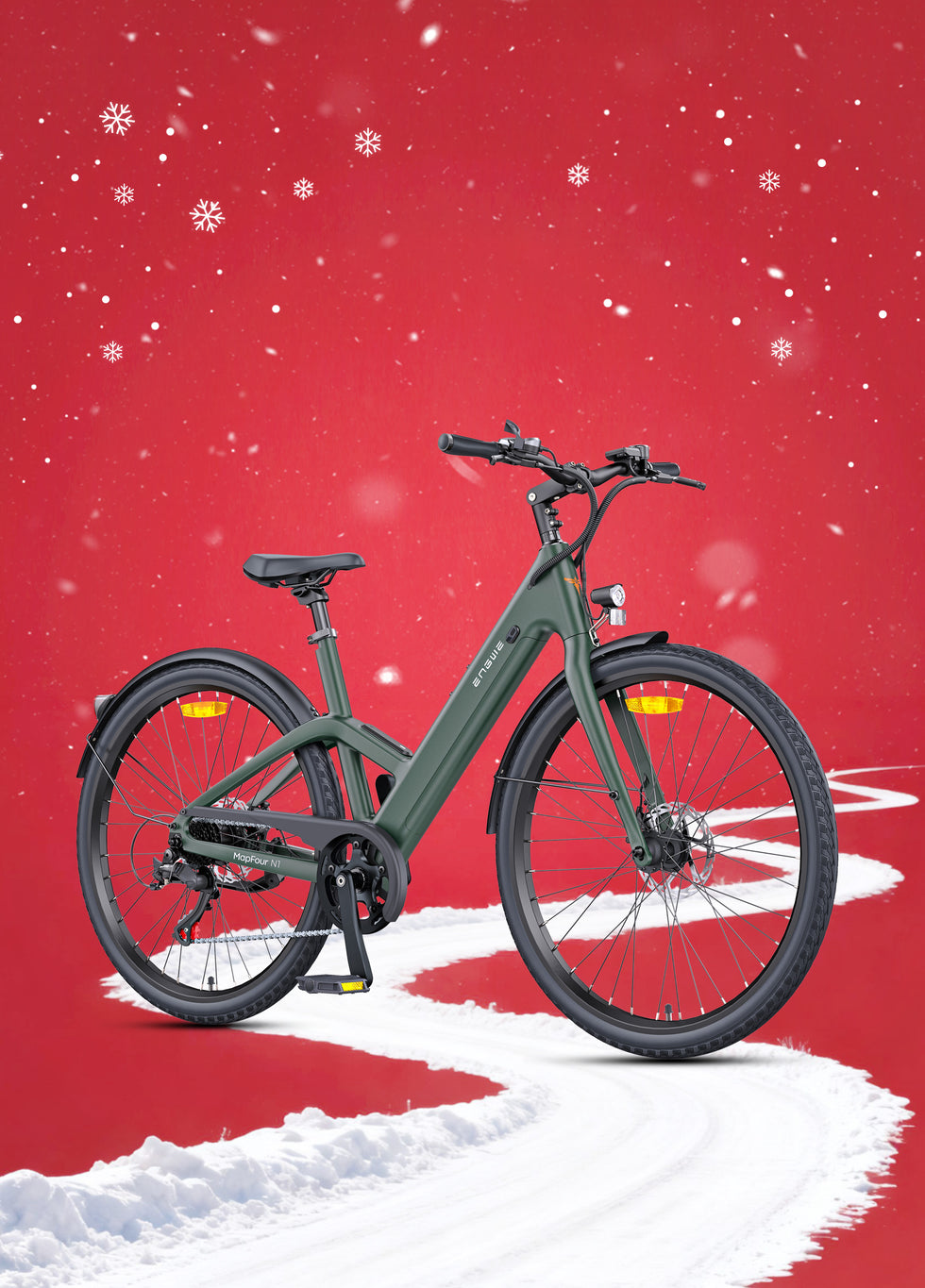The crunch of leaves underfoot, the distant call of a bird, the crisp air of a dawn patrol. For generations, these have been the sounds and sensations of the hunt. But the modern hunter is always seeking an edge, a way to be more efficient, more successful, and more in tune with the environment. Traditionally, access to remote hunting grounds meant a long, tiring hike in, or the noisy, scent-spreading intrusion of a quad bike or 4x4. There is, however, a third way, a tool that blends modern technology with the ancient art of stealth: the electric bicycle for hunting. This isn't about replacing skill with a gadget; it's about enhancing your capabilities, allowing you to go further, remain quieter, and ultimately become a more effective outdoorsman.
The Silent Advantage: Why Choose an Electric Bicycle for Hunting?
Before we delve into the technical specifications, it's crucial to understand the fundamental problems an electric bike solves for the hunter. The primary advantage is stealth. A quality electric bike, or ebike, is virtually silent. Its brushless hub motor emits a faint hum, a sound that is easily lost in the ambient noise of the woods. This is a world away from the engine growl of an All-Terrain Vehicle (ATV), which can alert game from miles away. You can cover significant ground without broadcasting your presence, arriving at your stand or stalking area undetected and leaving minimal scent trails compared to a petrol-powered vehicle.
Secondly, there is the matter of access. Many public lands, private estates, and forestry tracks have restrictions on motorised vehicles, but often permit bicycles. An ebike allows you to legally and respectfully access these areas, opening up vast tracts of land that are too far to reach on foot before first light but are off-limits to trucks and quads. You can navigate narrow trails and dense woodland with an agility that larger vehicles simply cannot match. Finally, there's efficiency. Hunting is physically demanding. An ebike allows you to conserve precious energy on the journey in and out, saving your strength for the stalk, the shot, and the often arduous task of extracting your game.
Decoding the Ideal Hunting E-Bike: Essential Features to Demand
Not all electric bikes are created equal, and one designed for a city commute will quickly fail in the rugged conditions of the countryside. When selecting an electric bicycle for hunting, your decision should be guided by a specific set of non-negotiable features. Think of the bike not as a bicycle, but as a piece of essential hunting equipment, just like your rifle or your binoculars.
Motor, Power, and Stealth:
The heart of the ebike is its motor. For UK and EU hunters, the law dictates a 250W motor. While this may sound modest, the critical figure to focus on is torque, measured in Newton-metres (Nm). Torque is the rotational force that gets you moving and, crucially, gets you up steep, muddy, or loose-surface hills. A high-torque motor will pull you and your gear up an incline without you having to stand on the pedals and exhaust yourself. Look for a brushless hub motor, known for its reliability, quiet operation, and minimal maintenance requirements.
Tyres, Suspension, and All-Terrain Capability:
Your connection to the ground is paramount. The single most important feature for a hunting ebike is its tyres. You need "fat tyres," typically 4.0 inches wide or more. These large-volume tyres can be run at lower pressures, creating a wide contact patch that floats over soft ground like mud, sand, and even snow, rather than digging in. They provide exceptional grip and stability on uneven surfaces. This should be paired with a robust front suspension fork. This absorbs impacts from rocks and roots, not only making the ride more comfortable but, more importantly, keeping the front wheel planted on the ground for better control and steering, especially on challenging descents.
Battery, Range, and Reliability:
"Range anxiety" is a real concern when you're miles from your vehicle. The capacity of an ebike's battery, measured in Amp-hours (Ah) and Volts (V), determines how far you can travel on a single charge. You must consider your typical hunting distances and demand a battery that can comfortably get you in, allow for some movement during the day, and get you out again, with power to spare. A removable battery is a massive advantage. It allows you to charge it conveniently indoors, away from the bike, and offers a layer of security, as an ebike without a battery is far less appealing to thieves.
Frame, Racks, and Carrying Capacity:
A hunting ebike must be built to last. Look for a sturdy frame, often made from aluminium alloy, that can handle the stresses of off-road riding. The bike's total payload capacity is a vital statistic. This figure must accommodate your weight, your clothing, and all your gear—your backpack, rifle or bow, and potentially the weight of harvested game on the way out. A strong, integrated rear rack is not a luxury; it's a necessity for strapping down gear or pannier bags. Furthermore, a foldable frame can be a game-changer, allowing you to easily fit the bike inside your car or truck, protecting it from the elements and theft at a trailhead.
Brakes, Safety, and Control:
When you're navigating a steep, slick track with a heavy load, your brakes are your most important safety feature. Hydraulic or mechanical disc brakes are the only acceptable option. They provide strong, consistent stopping power in all weather conditions, unlike older rim brakes which can become ineffective when wet or muddy. Look for large rotors (e.g., 180mm) as these provide better heat dissipation and more powerful braking leverage.

A Hunter's Companion: The ENGWE EP-2 Boost
Putting all these theoretical features into practice, a model that consistently meets and exceeds the demands of the modern hunter is the ENGWE EP-2 Boost. It feels as if it were designed with the specific challenges of the British countryside in mind. Its EU-legal 250W brushless motor provides the silent propulsion necessary for a stealthy approach, but the real star of the show is its 55Nm of torque. This is enhanced by a unique Boost button, which delivers an instant surge of power, making short work of the kind of steep, muddy inclines that would stop a lesser bike in its tracks. The presence of a sophisticated torque sensor means the power delivery is smooth and intuitive, matching your pedalling effort for precise control in tricky situations. It’s equipped with formidable 20 x 4.0 fat tyres on exceptionally durable one-piece wheels, offering superb traction on everything from wet grass to gravel tracks. Range anxiety is eliminated by the high-capacity 48V 13Ah removable battery, capable of delivering up to 120km in its most efficient pedal-assist mode. For the hunter, the bike’s practicality is outstanding. Its clever foldable design allows for easy transport and storage, while its impressive 150kg maximum load capacity and sturdy rear rack mean you can confidently carry all your essential gear. Safety and control are paramount, and the upgraded 180mm front and rear mechanical disc brakes provide the reliable stopping power needed when descending hills, fully loaded. The EP-2 Boost isn’t just an electric bike; it's a purpose-built tool for the serious outdoorsman.

Navigating the Terrain and the Law
In the UK, an electric bicycle for hunting falls under the 'Electrically Assisted Pedal Cycles' (EAPC) regulations. This means it must have pedals that can be used to propel it, the motor must not exceed 250W, and the electrical assistance must cut out when you reach 25 km/h (15.5 mph). If an ebike meets these criteria, it is treated like a normal bicycle. This means you do not need a license, you don't need to register it, and it doesn't require insurance to be used on roads or cycle paths. However, when it comes to off-road use, the law of the land applies. Always ensure you have permission from the landowner to use any track or trail. Riding an ebike respectfully and responsibly ensures we can all continue to enjoy this fantastic advantage.

Owning a hunting ebike also involves some practical day-to-day management. Maintaining it is surprisingly simple: keep the chain clean and lubricated, ensure the tyres are at the correct pressure for the terrain, and periodically check the brake pads for wear. A removable battery makes charging simple. You can leave the muddy bike in the garage or on the back of the truck and take just the battery inside to charge overnight. Consider investing in a few key accessories that will transform your ebike into the ultimate hunting vehicle: a quality gun or bow rack that securely mounts to the frame or handlebars, waterproof pannier bags for the rear rack to keep your gear dry, and a phone mount on the handlebars for using GPS mapping.
Frequently Asked Questions for the Aspiring E-Bike Hunter
1. Can an e-bike really carry out a deer or other large game?
Absolutely, within limits. It's about being smart with the bike's payload capacity. A bike like the ENGWE EP-2 Boost has a high capacity of 150kg. After subtracting the rider's weight, you are left with a significant capacity for gear and game. For larger animals like fallow or red deer, this may mean de-boning the meat and packing it out in game bags secured firmly to the rear rack. For smaller species like roe or muntjac, they can often be carried whole. The key is to use high-quality straps to secure the load low and centred over the rear wheel to maintain stability. The electric motor's torque is essential here, as it helps you manage the extra weight, especially on uphill sections.
2. Just how quiet is an electric bike in the woods?
It is astonishingly quiet. The noise from a high-quality brushless hub motor is a low-level hum that is often quieter than the sound of the fat tyres rolling over leaves or the chain moving through the gears. It is significantly quieter than a person walking heavily and snapping twigs underfoot. Animals are highly attuned to unnatural, loud noises like an engine, but the subtle sound of an ebike often doesn't register as a threat, allowing you to get remarkably close without causing alarm.
3. What is the difference between a torque sensor and a cadence sensor for hunting?
This is a critical, advanced question. A basic cadence sensor simply turns the motor on when you start pedalling and off when you stop. It can feel jerky and unnatural. A torque sensor, which the ENGWE EP-2 Boost features, is far superior for hunting. It measures how hard you are pressing on the pedals and delivers a proportional amount of power. If you pedal lightly for a slow, silent stalk, it gives you a small, silent push. If you need to power up a steep bank, you push harder and it delivers more torque instantly. This creates an intuitive, responsive ride that gives you precise control over your speed and power output, which is invaluable in a hunting scenario.
4. Are fat tyres difficult to pedal if the battery dies?
This is a fair concern. Yes, if the battery were to run out completely, pedalling a heavy-duty ebike with wide, 4.0-inch fat tyres is more work than pedalling a lightweight road bike. The wide tyres have more rolling resistance. However, two factors mitigate this. Firstly, modern batteries and displays give you an accurate real-time reading of your remaining range, so running out unexpectedly is rare with proper planning. Secondly, bikes like the EP-2 Boost are equipped with a quality multi-speed transmission (a Shimano 7-speed system), allowing you to shift into a very low gear to make pedalling manageable, even without motor assistance, to get you back to your vehicle.
5. How well does a foldable e-bike frame hold up on rough, off-road trails?
Modern engineering has made foldable frames incredibly robust. High-quality folding mechanisms on reputable bikes are designed with strong, secure locking systems that, when engaged, create a frame that is just as rigid and strong as a non-folding equivalent. For a hunter, the benefits are immense. You can store the bike inside your vehicle, safe from prying eyes at a remote car park and protected from rain and mud during transit. It also means you don't need to install an external bike rack, and you can easily store it in a shed or garage without taking up much space. For a tool that needs to be both rugged in the field and convenient at home, a well-designed foldable frame is a significant advantage.
Ultimately, the right electric bike doesn't just get you to your hunting spot; it becomes an integral and silent partner in your pursuit.
